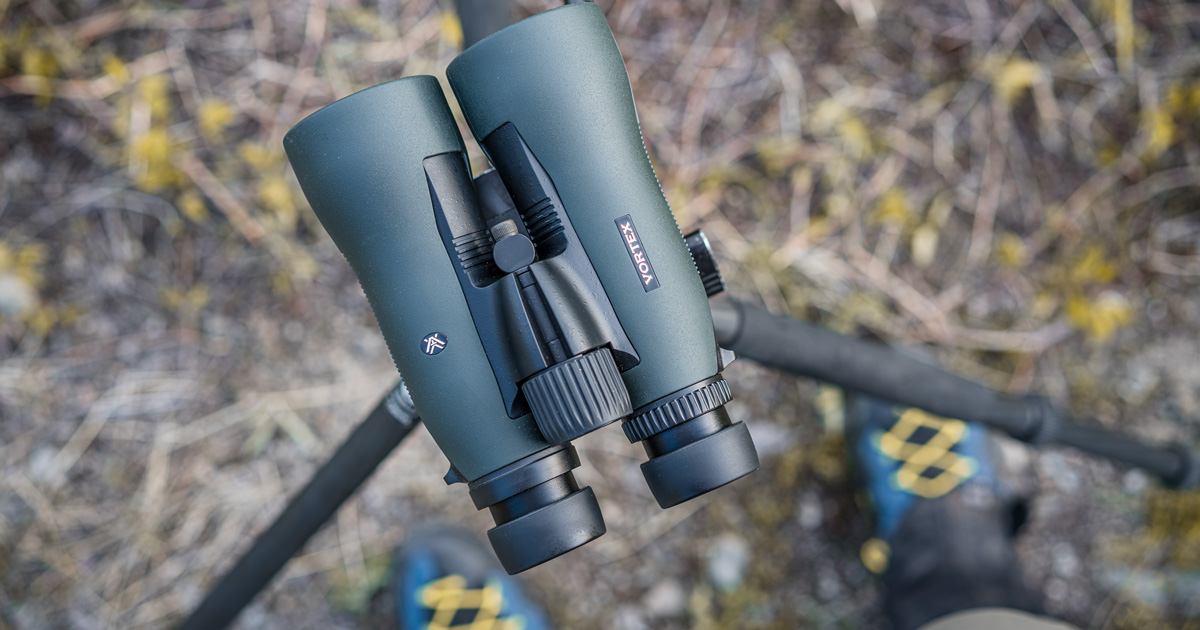
The Diamondback seems to be the clear overall winner when it comes to variety. In comparison here to the Crossfire series, which only includes four binoculars, the Diamondback has nine. As a result, the Diamondback gives you additional possibilities. The Crossfire series, on the contrary, probably accounts for the reasons associated with its costs. This is due to the Crossfire 12X50 being slightly less expensive than the Diamondback 12X50. Furthermore, the Crossfire 8X42 is priced similarly to the Diamondback 8X28. Given that perhaps the Crossfire has a larger objective lens, it is reasonable to conclude that it is less expensive. Also check this comparison between crossfire and diamondback binoculars
In terms of overall performance, it’s difficult to say which binoculars would be the best. In terms of angle of vision, the Crossfire 12X50 offers a broader scope of view than the Diamondback. Moreover, the 8X28’s 420-foot field of view is somewhat more than that of the 8X42 Crossfire. It’s tough to say whether or not you’ll be comfortable. The Diamondback’s 18 mm eye clearance edges out the Crossfire 12X50’s 15 mm. In addition, the Diamondback 8X42 model provides better eye relief than the Crossfire counterpart. Thus, in terms of eye comfort, the Diamondback wins by a razor-thin margin.
Binoculars of such Crossfire series just barely beat over its brother in terms of their weight. The 12X50 Diamondback weighs 31.0 ounces, compared to the 30.3 ounces for the Crossfire. Comparable to the Diamondback, the 8X42 Crossfire weighs 25.2 ounces as opposed to 23.5 ounces. Therefore, Crossfire binoculars are lighter in terms of weight. Smaller Diamondbacks can measure as little as 14 ounces, it’s crucial to remember that.
The Diamondback range of binoculars from Vortex is an excellent buy. These binoculars are renowned for their large fields of view and comfortable construction. All Diamondbacks have completely multicoated lenses, like Crossfire binoculars. These binoculars also have o-rings to shield the interiors from humidity, debris, and other foreign objects. Diamondback binoculars have a centralized focus knob for simple adjustments. All Diamondbacks also include customizable eye cups and argon-filled tubes. This series consists of nine binoculars, each with a different magnification and objective lens arrangement. The 8×28 Diamondback seems to be the smallest, whereas the 12×50 Diamondback is the biggest. Other binoculars only with the following specifications are located between 10X50, 8.5X50, 10X42, 8X42, 10X42, and 10X32, 8X32, and 10X32.
Conclusion
Throughout the end, it’s challenging to choose a winner in the contest between vortex crossfire and Diamondback binoculars. Therefore, it is dependent upon your tastes. The Diamondback is the binocular you should choose if you care about the range of view. However, the Crossfire series will interest you if you intend to get more for your investment. However, both binocular lines are appropriate for hunting and have additional uses, such as bird viewing. In summary, your preference will play a big role in determining which series of binoculars you select. However, whereas bird watchers should like binoculars from the Diamondback series, hunters will be far more likely to choose those from the Crossfire series.
